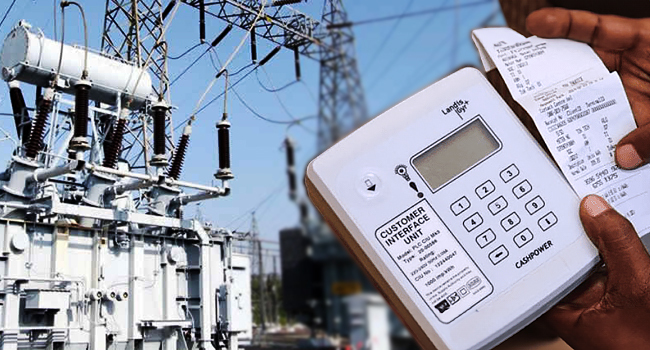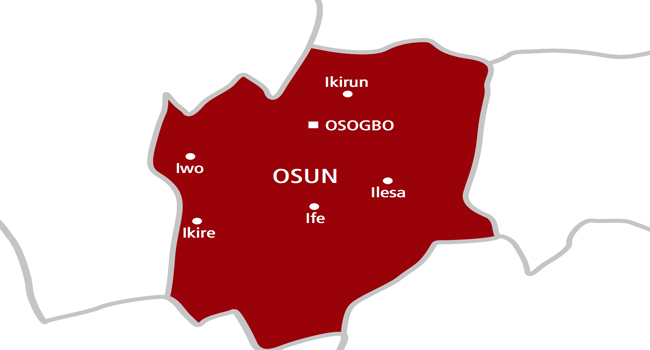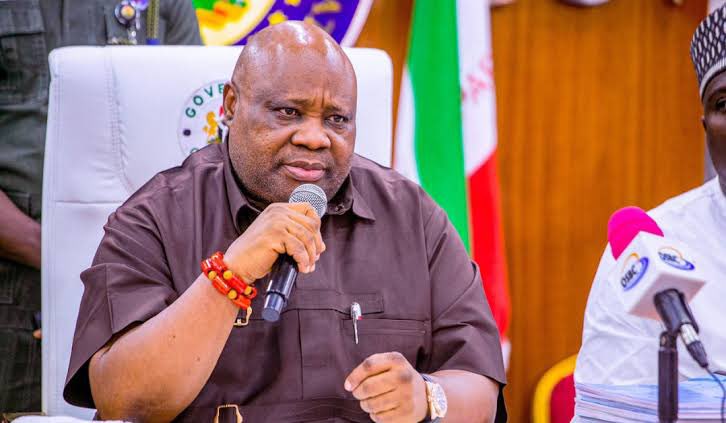Electricity Tariff: 5 Simple Ways To Check If You’re On Band A, B, C, D or E


It is no longer a news that the Nigerian Electricity Regulatory Commission on Wednesday approved a sharp increase in electricity tariffs for customers classified under Band A.
Musliu Oseni, the Vice Chairman of NERC, said customers falling under this classification will experience an increase in charges to N225 per kilowatt-hour (KW/h), marking a substantial escalation from the previous rate of N66.
Customers categorized under Band A are privileged to receive uninterrupted electricity supply for 20-24 hours each day. This classification ensures consistent and reliable power access, meeting the high-demand requirements of these subscribers.
Moving down the scale, Band B subscribers enjoy a slightly reduced but still substantial power supply window of 16 to 20 hours daily. This tier caters to customers who require significant electricity usage throughout the day, albeit with a slight reduction in availability compared to Band A.
Further down the spectrum, Bands C, D, and E experience progressively decreasing hours of power supply, catering to subscribers with varying needs and usage patterns. Band C receives 12 to 16 hours, Band D benefits from eight to 12 hours, and Band E subscribers receive the lowest allocation of four to eight hours of electricity supply each day, reflecting the diverse energy requirements and availability across different customer segments.
However, the tariff increment has sparked controversies regarding the classification of subscribers, with many fearing they may be charged more than their actual consumption.
For this purpose, we have compiled a straightforward guide to assist customers in identifying their respective bands, as per the guidelines provided by the Ikeja Electricity Distribution Company and Ibadan Electricity Distribution Company.
1. Visit www.ikejaelectric.com or https://ibedc.com/ depending on your distribution area
2. Click on customer service
3. Click on Customer feeder information
4. Click on customer feeder verification
5. Enter your account or meter number to verify your feeder details.


Sodiq Lawal is a passionate and dedicated journalist with a knack for uncovering captivating stories in the bustling metropolis of Osun State and Nigeria at large. He has a versatile reporting style, covering a wide range of topics, from politics , campus, and social issues to arts and culture, seeking impact in all facets of the society.









